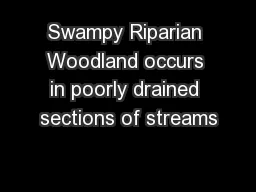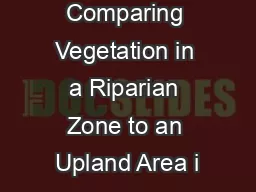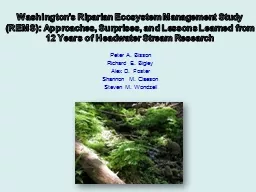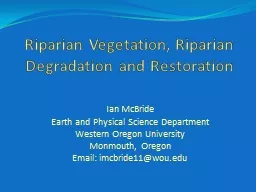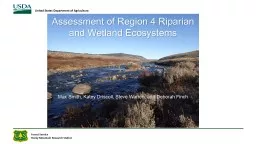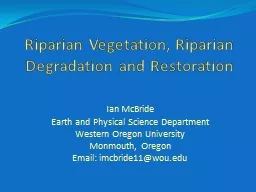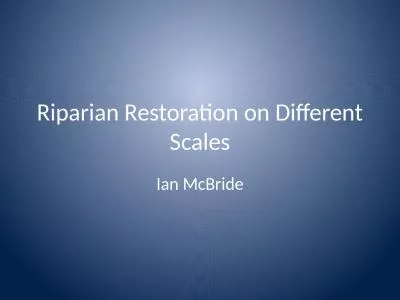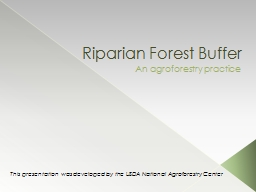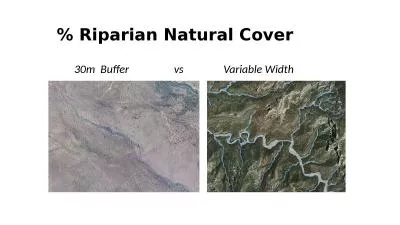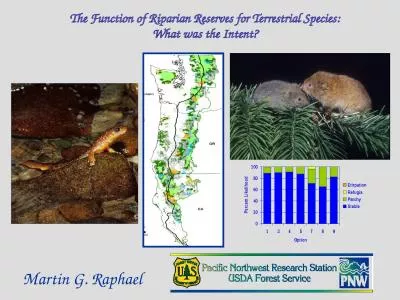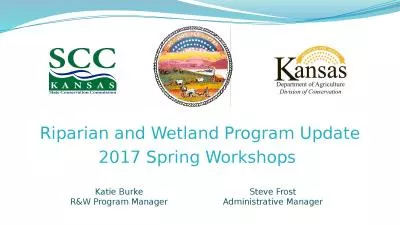PDF-Swampy Riparian Woodland occurs in poorly drained sections of streams
Author : faustina-dinatale | Published Date : 2015-11-08
Swampy Riparian WoodlandThreatened in the Goulburn Broken Catchment Figure 9 Common Bentwing BatFigure 8 Eastern Horseshoe BatBy its nature riparian land is critical
Presentation Embed Code
Download Presentation
Download Presentation The PPT/PDF document "Swampy Riparian Woodland occurs in poorl..." is the property of its rightful owner. Permission is granted to download and print the materials on this website for personal, non-commercial use only, and to display it on your personal computer provided you do not modify the materials and that you retain all copyright notices contained in the materials. By downloading content from our website, you accept the terms of this agreement.
Swampy Riparian Woodland occurs in poorly drained sections of streams: Transcript
Download Rules Of Document
"Swampy Riparian Woodland occurs in poorly drained sections of streams"The content belongs to its owner. You may download and print it for personal use, without modification, and keep all copyright notices. By downloading, you agree to these terms.
Related Documents

